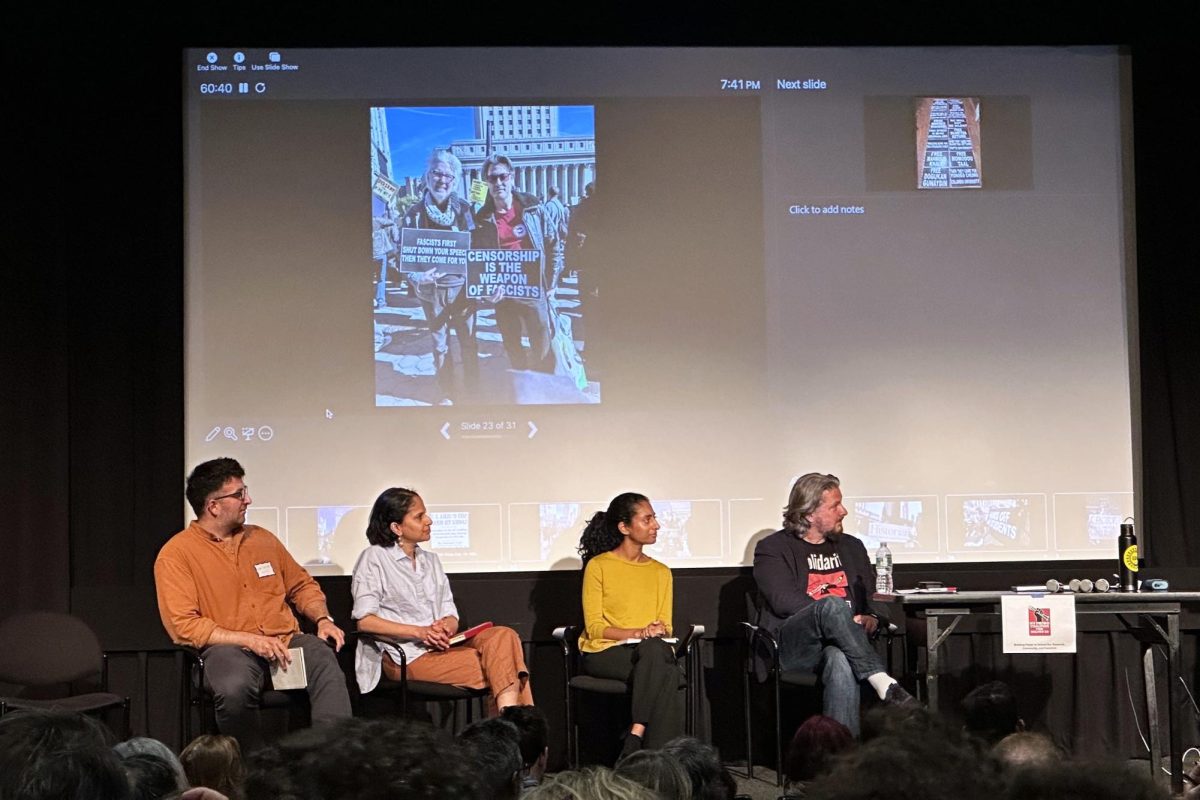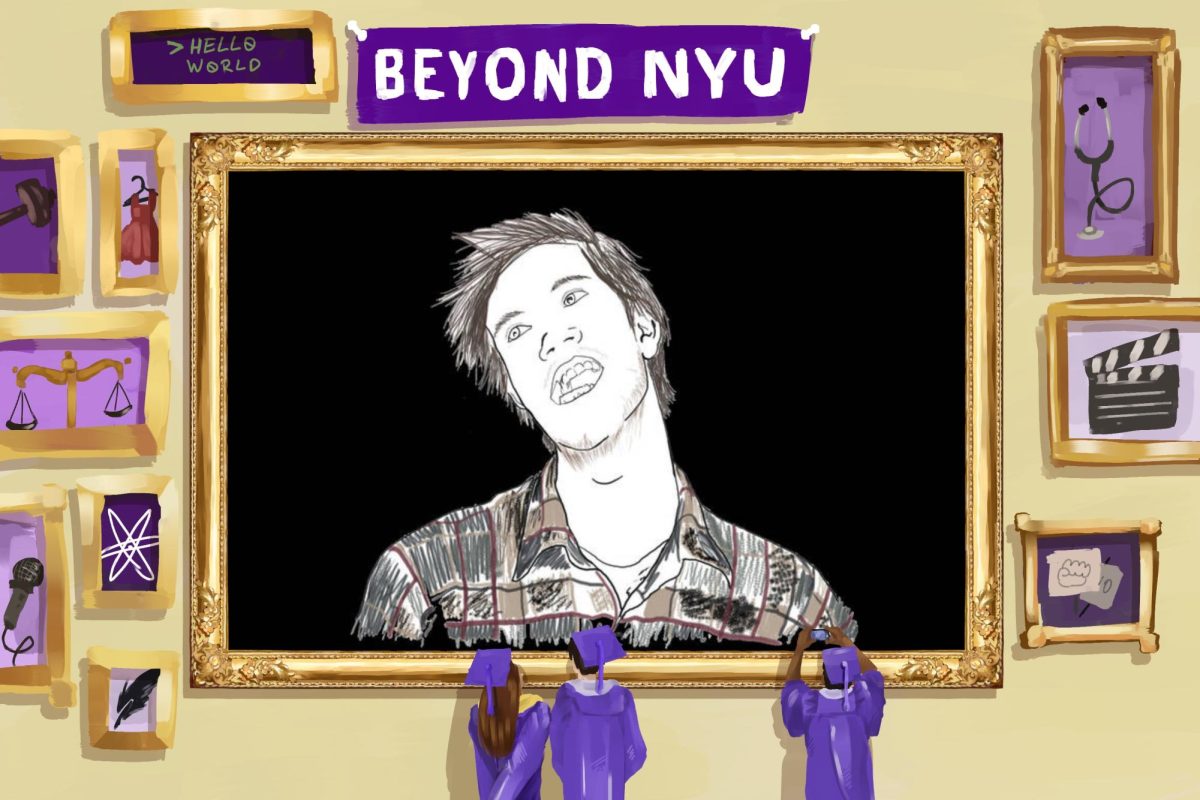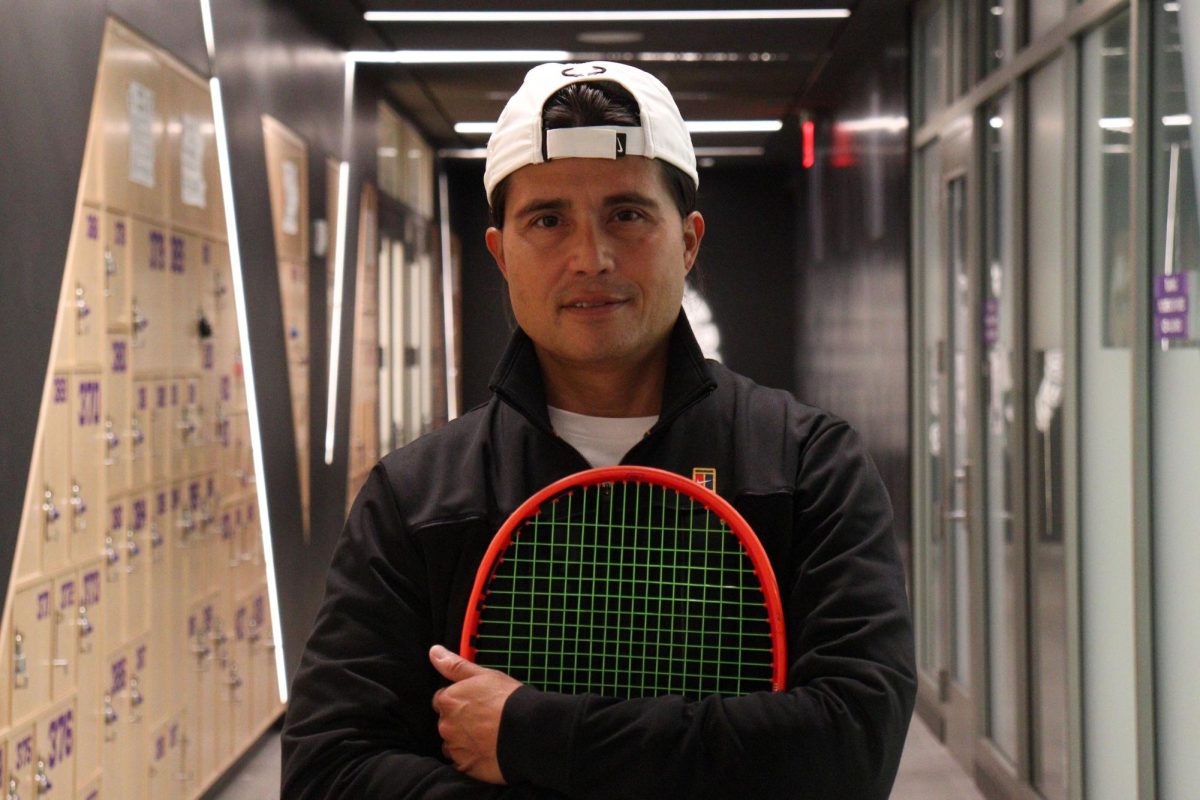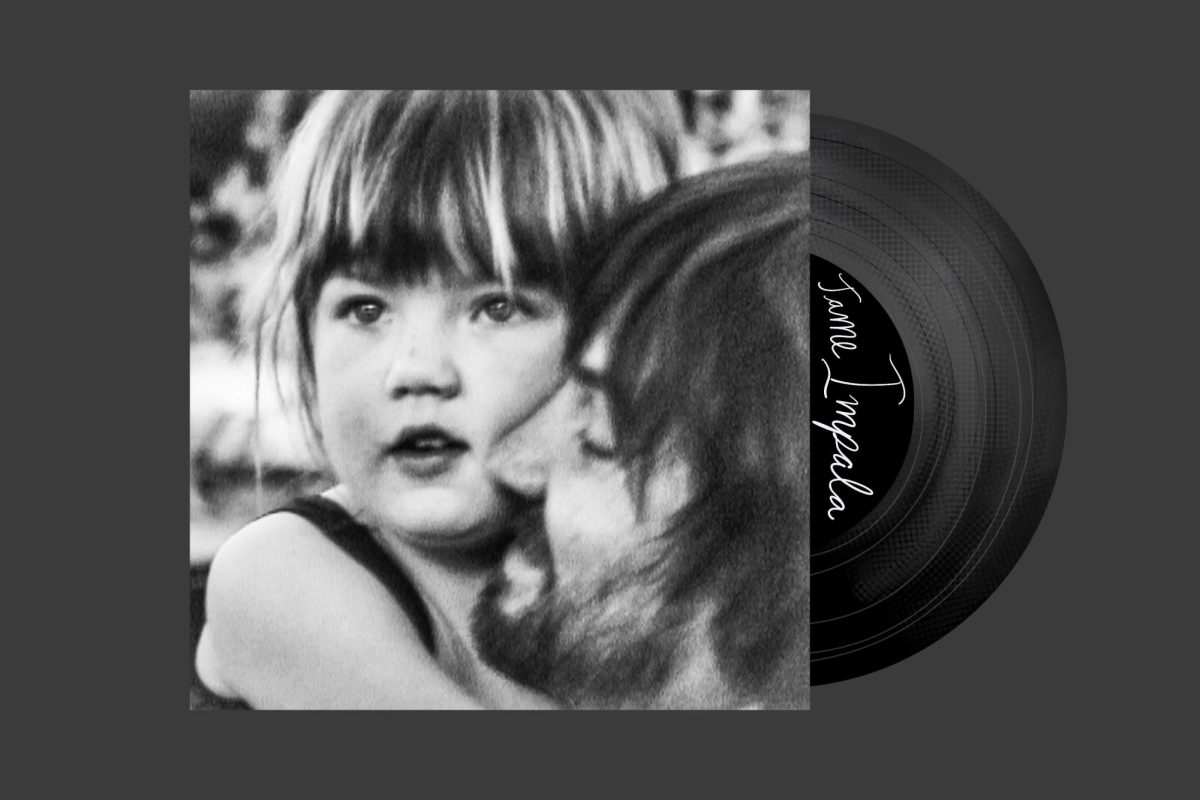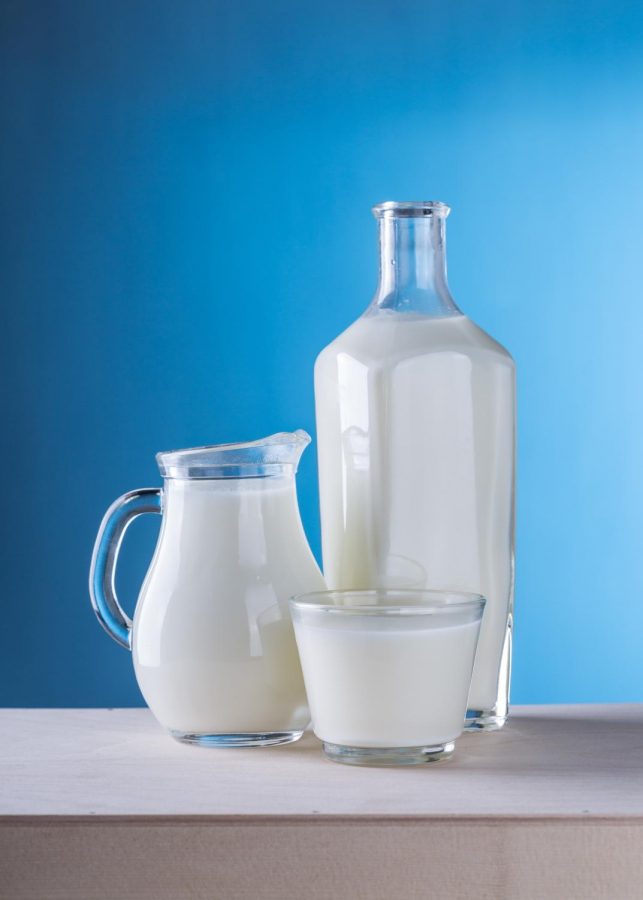A Behind-the-Scenes Look at Food Photography
Glue is often used instead of actual milk in advertisements to achieve a more aesthetically pleasing look.
April 16, 2018
Have you ever seen a commercial for a restaurant or food dish and found yourself physically drooling? You’re not crazy — many advertisements physically enhance food to appear better on screen.
Fast food commercials are especially guilty of resorting to what some call gross methods of portraying food as much better than it looks in reality. Using anything from glue to blowtorches, here are some of the ways consumers are manipulated by food advertisements.
Half-Cooked Meat
While studying the difference between pictures of fast-food and the actual product, CNBC learned that meat and vegetables are not always fully cooked because once they are, they shrink. Food photographers only partially cook the meat to maintain a patty’s size and make it more visually appealing to customers.
“Mainly the reason why we’re not cooking things all the way through is it’s sitting on set,” food stylist Janine Kalesis said to CNBC. “It can sit on set for up to an hour before we have the final shot.”
Digital Enhancements
In the same way someone might use FaceTune to correct any seemingly evident blemishes on Instagram photos, advertisers take to Photoshop to enhance a photo of food.
According to Money Talks News, color is added to meat patties in McDonald’s commercials, and imperfections are eradicated from hamburger buns. A presentation by the American Cheese Society also said that while nearly all food photos need some retouching, correcting more than 25 percent of a photo is not ideal, and a replacement should be found instead.
Using Substitute Foods
Some food photographers resort to making certain dishes look great by “sculpting” other food — for example, photos of ice cream actually use mashed potatoes to obtain a visually aesthetic shape, according to PetaPixel.
Additionally, the cream used on cake is often actually shaving cream, since regular cream melts more easily under studio lights. The cake is often spray painted to make colors look richer.
Non-Food Items
In a guide for food photographers, Dummies highlighted several inedible replacements for food that can be used in pictures to make the products look more appealing. For example, food stylists use glue instead of milk to achieve the bright white color in cereal commercials.
Photographers can also make their pictures of meat pop by adding a bit of brown shoe polish to make the meat’s color deeper and add shine. Meat is also blowtorched to make its edges look omit cooked and appetizing.
While we’re not consuming the products that go into enhancing food in advertisements, the success of heavily altered photos in luring consumers to eat certain dishes shows just how easily the food industry can sway us. Mindlessly buying into food trends and surface-level assessments of the quality of the food we eat only furthers food’s consumption of us — not the reverse.
Read more from Washington Square News’ “Food Consumes Us.” Email Natasha Roy at [email protected].

